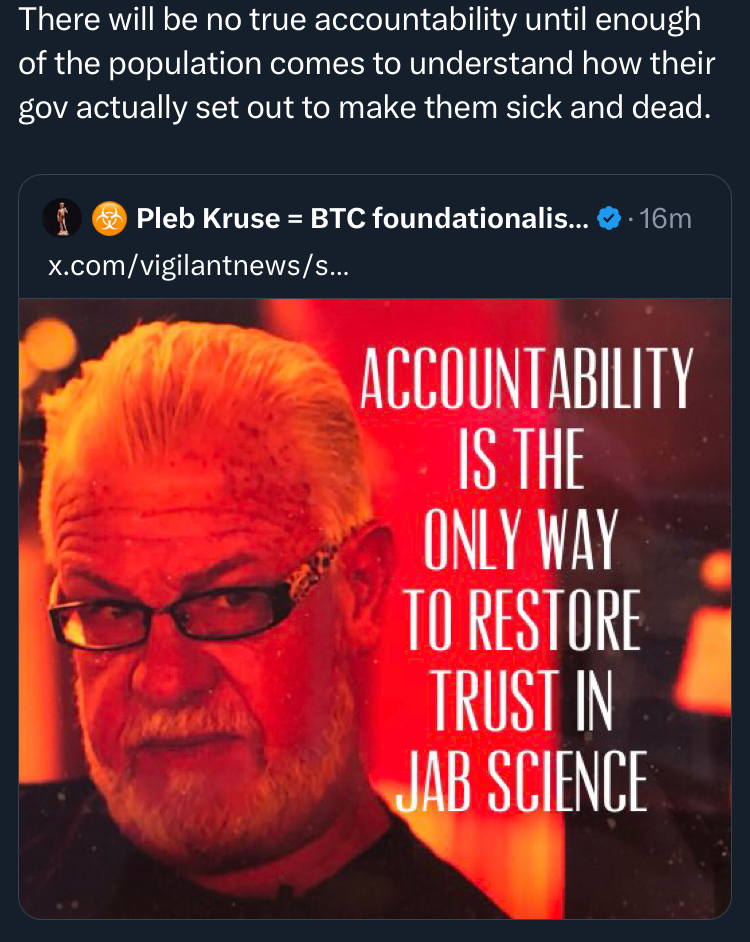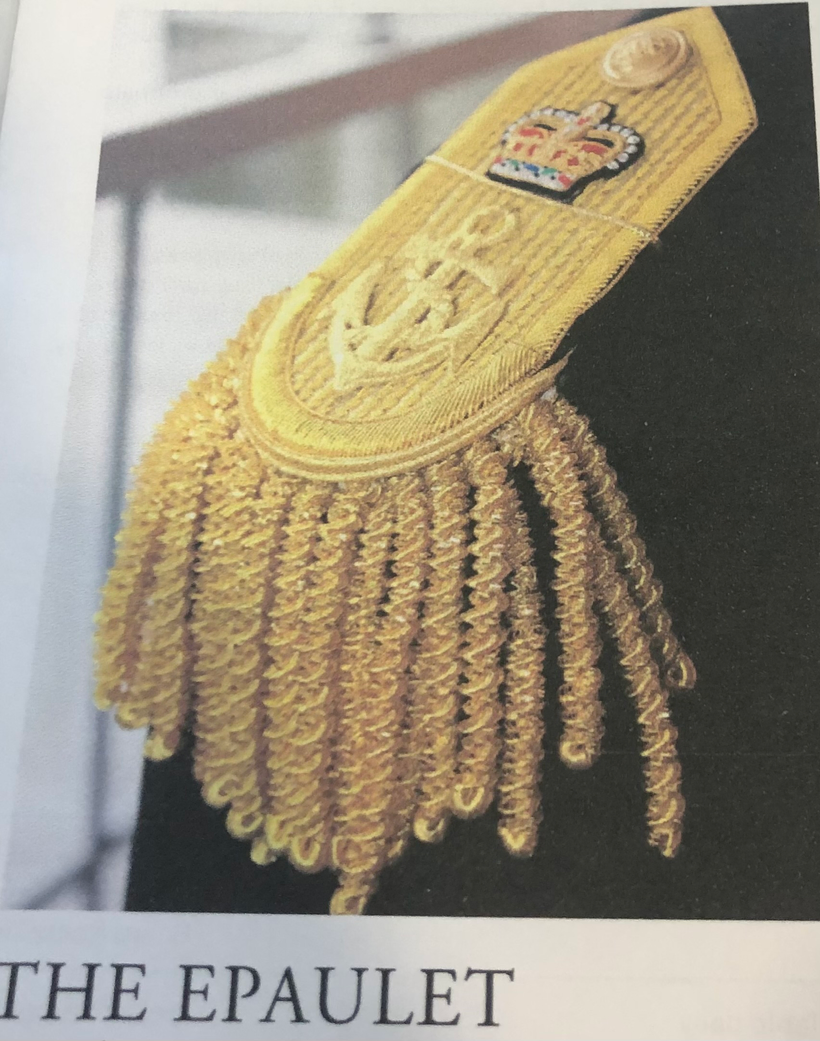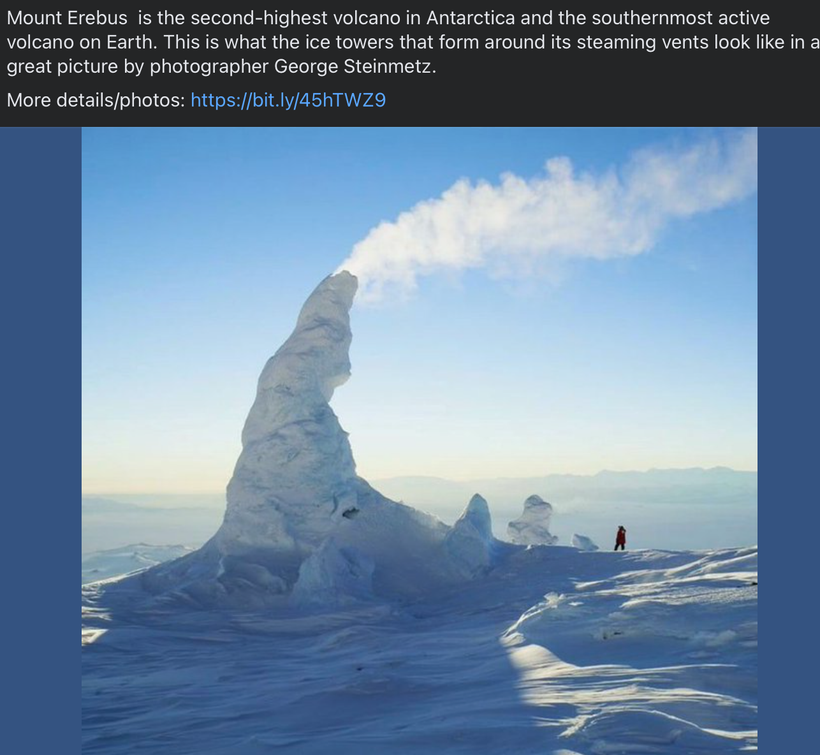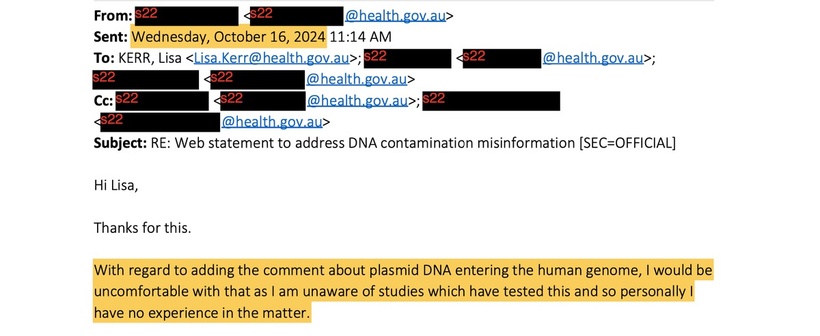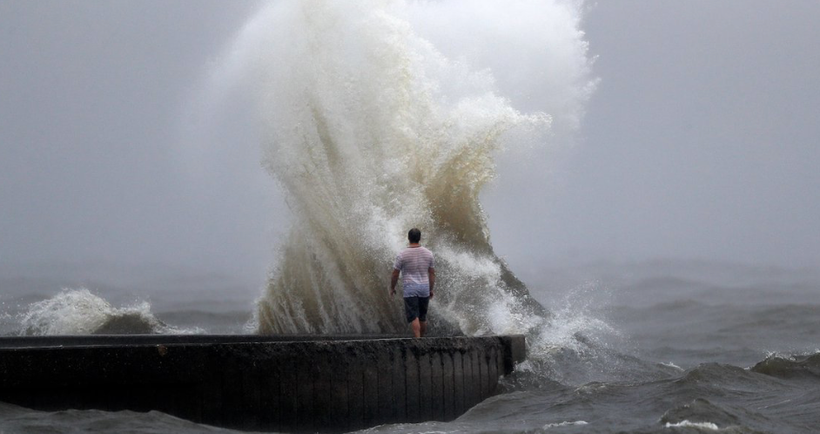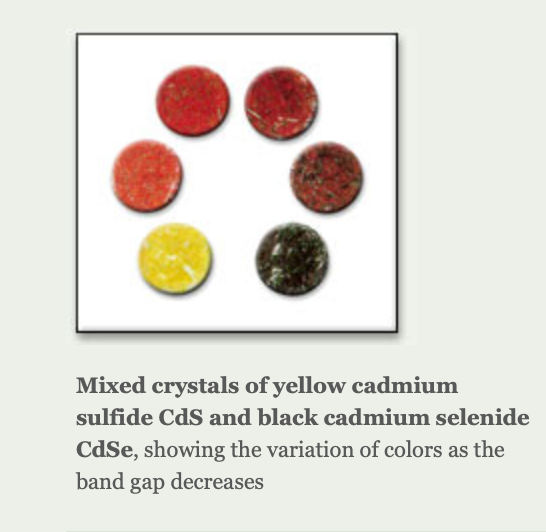Everyone knows mitochondria with uncoupled haplotypes release more heat than coupled ones. Have you ever wondered why or what the implications are in a post COVID world?
In all cases, raising the temperature invokes thermal vibrational and entropic effects. This tends to stabilize H+ over D bonds preferentially. I think this is why white blood cells are deuterium bombs and are controlled by hypothalamic signaling. The hypothalamus neurons are loaded with POMC. The frequencies of light control the levers that control cell-mediated immunity. If it is from the sun, the control will be reasonable. If man-made, light immunity will not be well controlled, and autoimmunity or viral decline will result. This is where COVID and cancers come from for manufactured viruses and jabs. The fever that results from the action in WBCs occurs, and this reaction systemically has the opposite effect on the blood and tissues. Why? Higher temperatures favor light hydrogen bonding in water networks, allowing infection-fighting to occur.
We know that DDW increases glutathione in cells to improve the local redox and bring infection under control. Most people are unaware specific tissues and cells, like immune cells favor deuterium collection for a profound physiologic reason. Our body has the wisdom built into it how to make proper use of the kinetic isotope effect (KIE) of deuterium and the lower lipid solubility of deuterium to fight infection and stabilize the use of protium over deuterium in certain key places where energy and information transfer is occurring in water networks.

Many skeptics have enjoyed putting words into my mouth about what deuterium fractionation means for living systems. You would be wise never to listen to reports from the lips of ignorant people to try to understand what a wise person says because their reports are filled with concepts that reflect their understanding of the science and not the ideas of the person they are attempting to translate data from.
Skeptics might leave you with the sole idea deuterium is always harmful or helpful. It is not. There is a profound reason deuterium is found in high concentrations in the blood and not in the matrix of the mitochondria. Their descriptions show how they interpret what I have said, or more accurately, what they hear me say and understand about what I said. That shows you their deficits, not mine.
I have not given you the full Monty yet on deuterium for a reason. You have to know how the pieces fit by understanding what happens when the organization of the pieces falls apart when information is lost in the system. Piece by piece to build your wisdom about how nature works in us is the black swan mitochondriac blueprint of how to learn without making significant errors. You have to unlearn the incorrect things you were taught to relearn what you need to know.

Light hydrogen in the mitochondrial matrix of WBCs is likely the off switch for many immune reactions at the B and T cell levels. Mother Nature knew exactly what she was doing when she made our stolen bacteria at our core innovate uncoupling proteins and haplotype variations. The more heat your matrix liberates, the more hydrogen flows easily inside of cells, the better you can handle a ketogenic diet, and the more deuterium you excrete via the ECF compartments to control your metabolic rate. This is done via the uncoupling of proteins in mitochondria.
Deuterium is best kept under tight wraps deep in cell membranes where they can take advantage of its high kinetic isotope effect. When it is entombed inside a cell, it remains unbound to things it loves to BIND too tightly because of the inherent KIE of deuterium. This is why it must be clear of the TCA and urea cycle where C, N, and O are present in high amounts. It also explains why the body keeps it in the blood under the control of the sun via skin irradiation to move it carefully via amide and amine linkages in lipids and proteins destined for cell membrane construction in our cells. This helps you understand why those with low Vitamin D levels are the patients who get ill and die from viral infections like COVID. When this occurs in a proper circadian context, faster ATP is produced because the spin rate of the ATPase increases, and the TCA cycle performs like a Ferrari and not a Nissan Sentra. The TCA cycle’s spin rate determines the urea cycle’s spin rate because they both share fumarase.

The immune system is by far one of the most complex systems in our body, and it begins with the skin, our largest organ. The skin has its own immune system, which is quite different from our endogenous immune system. The skin — once thought to be a mainly passive barrier — can produce its own antibodies that fight off infections because of the cells it contains.

Within the skin, host-microbiota symbiosis depends on the remarkable ability of the skin to act as an autonomous lymphoid organ; skin commensals induce the formation of classical germinal centers within the lymph node associated with IgG1.
IgG is the primary type of antibody found in blood and extracellular fluid. It controls infection by binding with many pathogen types, including viruses, bacteria, and fungi.
These phenomena are supported by the ability of regulatory T cells to convert into T follicular helper cells. We know they can also transform into NK cells to destroy cancer cells. This is extremely important in jab-associated cancers and cancers linked to low Vitamin D production in the skin.
T cells can eliminate infected or cancerous cells and direct the immune response by helping B lymphocytes eliminate invading pathogens. The skin’s autonomous production of antibodies is sufficient to control local microbial biomass and subsequent systemic infection with the same microbe. Collectively, these results from the PEER literature in December 2024 married my ideas from 20 years ago that reveal a striking compartmentalization of humoral responses to the microbiota or viri, allowing for control of microbial symbiosis and potential pathogenesis. During an infection, viruses invade the integumentary system and your cells in order to reproduce.

- Each cell becomes a virus factory, which eventually bursts, releasing 10,000 new viruses that can infect other cells (adenovirus).
- During an infection, you may have several million viruses in every milliliter of your blood.
- The human body makes use of antibodies to fight disease. You have ~3×10^7 unique antibodies.
- The shape of the antibody determines what it can bind to. Because you have so many different antibodies, almost any shape can be recognized. LNPs in the jabs alter this function.
- After recognizing an invading virus, the cells (B-cells) that produce the individual binding antibody are stimulated to divide. LNPs alter this function.
- Each antibody-producing cell can produce 2000 antibody molecules per second. After 4-7 days, antibody (IgG) is detectable in blood.
- Antibodies bind to viruses, marking them as invaders so white blood cells can engulf and destroy them.
- Until recently, antibodies were thought to protect on the outside of cells. TRIM21 binds to viruses on the inside of cells.
- TRIM21 sends viruses to the cell’s recycling system (via the proteasome), where the virus is destroyed by cell-mediated immunity
- An antibody is 1,000 times smaller than a virus particle (adenovirus). LNPs are quite large and cause anomalous changes in immunity.
- Two antibodies per virus are enough for TRIM21 to send the virus for destruction. We now think LNPs alter this ratio, leading to new phenotypic diseases.
- Understanding how TRIM21 and antibodies work with deuterium in cells is now critical. Analysis of protein therapeutics is challenging in labs today because of the complexities associated with large molecular sizes and 3D structures. Recent advances in hydrogen/deuterium-exchange mass spectrometry (HDX-MS) have provided a means to assess the higher-order structure of protein therapeutics in solution. HDX-MS focuses on specific applications of epitope mapping for protein-protein interactions and higher-order structure comparison studies for conformational dynamics of protein therapeutics.
IMPLICATIONS? = SHEDDING
Human skin has a major role in sociosexual communication and response. We now need to add that it has recently discovered a crucial immunological role.
Shedding due to the jabs is now a real risk.
Peters et al. found that women with daily close proximity (within 6 feet) to vaccinated individuals outside their household had:
– 34% higher risk of heavier bleeding.
– 28% higher risk of menstruation starting over 7 days early.
– 26% higher risk of bleeding lasting more than 7 days. The authors concluded,
“Our findings suggest possible indirect transmission of ingredients or products of the COVID-19 vaccines, presumably through shedding, from people who received one or more of the COVID-19 injections.”
Why has shedding emerged in a post-covid world? The problem is a different set of microorganisms are essential for health on the skin epidermis than inside the body. After the gut, more viruses and microorganisms live on the skin than anywhere else in the body. These are collectively referred to as the skin microbiota or the skin microbiome. What are called commensals reside on our skin and derive benefits from us. We benefit from them because they deplete nutrients and produce toxic metabolites, preventing the colonization of pathogenic microorganisms. The symbiont microbiota benefits both microorganisms and humans. These symbionts are critically crucial for skin health. Other skin microbiomes important for health include not only the most well-known bacteria, the Staphylococcus family, but also the bacterial genera Corynebacterium, Dermabacter, Brevibacterium, the Malasezzia fungi, and viruses like COVID.

SUMMARY
With COVID, lipid nanoparticle technology has complicated the treatment ideas around the spike protein. We now know that the spike protein stays around for years, causes clotting and amyloid formation, embeds itself in many tissues, and causes shedding in the non-vaccinated.
The jabbed need to remember that the other problem with all the vaccines is that they create DNA plasmids. This finding is now complicated by new science discovered at Northwestern University in 2024.
Northwestern researchers recently made the strange and startling discovery that nanoparticles engineered with DNA in colloidal crystals—when extremely small—behave just like electrons. Not only has this finding upended the current, accepted notion of matter, but it also opens the door for new disease possibilities in a post-COVID world. These extra electrons seem to be able to destroy the fidelity of signals on the skin and inside cells, leading to new diseases that are unknown to modern medicine.

The skin’s immune system must target some of the same bacteria existing both on the skin and within internal body organs. In contrast, in many cases, it must not attack certain skin bacteria or viruses, which, if they enter the body cavity due to a cut or an insect bite, the internal body must attack to keep us healthy. The result is that the skin ignores and attacks a different set of bacteria or viruses than does the internal immune system. Recent research in 2024 found that the skin produces its own antibodies to help control microbe and viral reproduction. Given that this new, integumentary, immune system was recently experimentally documented to exist, the discriminating “ignore or attack” system must be determined for both the internal body bacteria and the skin bacteria. This adds another complexity level to the immunology system that centralized medicine still does not account for.
For this reason, governments must eliminate the mRNA technology platform from mankind.

CITES:
https://pubmed.ncbi.nlm.nih.gov/11797936/
https://journals.plos.org/plosone/article?id=10.1371/journal.pone.0130687
https://ijvtpr.com/index.php/IJVTPR/article/view/113
“Particle analogs of electrons in colloidal crystals,” was supported by the Center for Bio-Inspired Science, an Energy Frontier Research Center funded by the U.S. Department of Energy (award number DE-SC0000989); the Air Force Office of Scientific Research (award number FA9550-17-1-0348); the Office of Naval Research (award number 00014-15-1-0043) and the Sherman Fairchild Foundation.
Graham, Flora, “Daily briefing: Skin might have an immune system of its own,” Nature, December 2024.
Guglielmi, Giorgia, “The skin’s ‘surprise’ power: it has its very own immune system,” Nature, 16 December 2024.
Gribonika, I., et al. “Skin-autonomous antibody production regulates host-microbiota interactions,” Nature, 11 December 2024.
Gilbert, S.F., et al., “A symbiotic view of life: We have never been individuals,” The Quarterly Review of Biology 87(4): 325-341, December 2012.
Lei, V., et al., “Skin viral infections: Host antiviral innate immunity and viral immune evasion,” Frontiers in Immunology, doi: 10.3389/fimmu.2020.593901, 6 November 2020; Duvic, M., “Human Immunodeficiency Virus and the Skin: Selected Controversies,” Journal of Investigative Dermatology 105(1): 3117-s121.ci, July 1995.






